di Ivelina Dimitrova
The recent withdrawal of the USA military presence in Afghanistan caused much of a concern both within the country and outside. When the American military forces started the pull-out at the end of July and beginning of August, the Taliban troops rapidly started to gain control on the country.
Despite the trillions of dollars spent in the last twenty years for security operations and modernization of Afghanistan by both the USA and NATO a definite victory against the Taliban has never been achieved in these decades. This is partially due to the fact that the Taliban movement -a Pashto one in its essence has always had support and sleeping cells in the Pakistan border region also populated by this ethnicity.
The plan for withdrawal of Biden’s administration was not seen in a positive way by many both in Washington and abroad. Actually, due to the fact that a reasonable plan was missing – withdrawal of the army before evacuation of the civilians (included US and EU nationals) left many of them stranded at the airport waiting for airplanes to board on. Military equipment for billions of dollars was left behind and fell in the hands of the Taliban, although this step was quite seen as a part of the American strategy and their agreement with the Taliban. However, the images of people, clashing at the airport in order to board a plane, caused irritation and disapproval worldwide raising questions on why the West spent billions of dollars in a country if so easily it was left again in the hands of the radical Islam. Some politicians within and outside the USA defined this act as “an abdication of American leadership”. The Senate minority leader Mitch McConnell made a comparison between President Trump’s withdrawal of US troops from Syria – a move that at the time gained significant support in Senate and happened smoothly as it didn’t create any additional turmoil neither vacuum to leave space for ISIS. But the juxtaposition between the two events is not quite applicable as the Syrian army, although weakened at that time by the years of internal war, didn’t give up and continued fighting, so was the Syrian society which almost unanimously opposed the ISIS and stayed with the official authorities, and so was the Russian army in Syria which gave a critical air force support. Consequently, the Trump withdrawal, didn’t cause the rise of the radical Islam and was not seen as “abdication of leadership”.
Apart from the military support from Moscow and other regional partners which was crucial at the time when Damascus was almost falling in the hands of ISIS, what made a big difference there was the resistance of the population which although ethnically and religiously diverse, and not all supportive of the Assad regime, united in its majority before the threat of radical Islam which was seen as a common enemy and a threat to their future.
Not the same happened in Afghanistan, however, and both the civilians and the gave up any resistance rapidly, except for in the northern region of the Panjshir valley which at the moment doesn’t have a big importance for the wholesome control on Afghanistan. What makes the situations so different from one another is the lack of military presence of any of the world superpowers in Afghanistan (in Syria this was Moscow) and the lack of concept for Afghan nation in the way it is seen in Syria and elsewhere. In Afghanistan it has always been more important to what ethnicity and tribe you belong than the concept of national belonging. And since the ethnical, linguistic and anthropological differences within the country have always been considerable in its turbulent history since the 19th century till nowadays, no ruling power has ever succeeded to overcome them and to unify the population living there. The struggles for power between the ethnic groups and the tribes has always been intense and they will continue to be. But understanding Afghanistan without having a clear overview of its mosaic of ethnicities. As this will determine quite certainly the destiny of the country and the Taliban, whose genesis was again ethnically determined -as this was a Pashto movement from the south.
- Afghanistan – ethnical map of the population. Conflicts, oppression and violence since its foundation
Afghanistan is a place on the crossroad of the Silk Road where many Empires have always met and collided both in the Anticity and nowadays. The pre- Islamic period in these territories was even more dynamic than now- the lands of what is now Afghanistan were part of the Achaemenid Empire, they were also conquered by Alexander the Great and in different periods belonged to the Greco- Bactrians, Indo-Sassanids, Saffarids, Samanids and many other great powers from the past.
It is a strategic crossroad and a gate both to India and Central Asia, and as such in the near past it was a place where the Russian and the British empires met in the 19th century and their interests clashed in the so called “Great Game”. The country itself has been created as a buffer between the two great empires by the unification in one state of various ethnicities and tribes some of which very different from one another. This was done when the British Empire started to withdraw from the region but it wanted to create a situation where no other power could substitute it. A situation similar to the so called nowadays “managed chaos” in which a hegemon withdraws from its positions in a place It dominates but leaves behind a situation of turmoil and chaos where no other part could take an advantage of and the chaos continues to work for the ones who planned and implemented it.
For this reason, at the end of the 19th century, the state of Afghanistan was created (First Emirate of Afghanistan and in 1926 Kingdom of Afghanistan). It was created within the territorial borders it is known nowadays and as a sequence of the Second Anglo- Afghan war and the Durand Line Agreement reached in 1893 between British India and the Emirate of Afghanistan. This would later become the border between Afghanistan and Pakistan when the latter was founded as part of the ancestry of British India in the region.
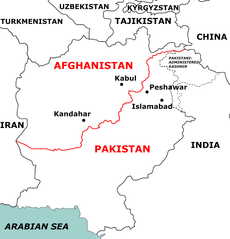
Source: Durand Line – Wikipedia
Creating internal tension by unifying under a nation state ethnicities and tribes which often have little if nothing in common, is a secured path for future problems, conflicts and tensions and under this scenario the foreign empire which created the situation would often play the role of an arbiter and would take advantage of the volatile situation. It should be mentioned that for this reason Pakistan was founded in 1947 as a rival and counter balance to India when the British Empire withdrew formally from the region.
Understanding the complicity of the problems Afghanistan faces today means understanding the ethnicities that make the country. Many of them are rival to each other, speak different languages and have different history. For this reason, it was always very difficult for each Great Power that controlled the country to create a long- term stability. The ethnic group and the tribal and family belonging have always mattered more for the individual than the belonging to a state whose borders were outlined more on the basis of interests of Foreign Empires than on common values, beliefs or history. And although the ethnical composition is very dynamic and is constantly changing also in Afghanistan, this is what it generally looks like:
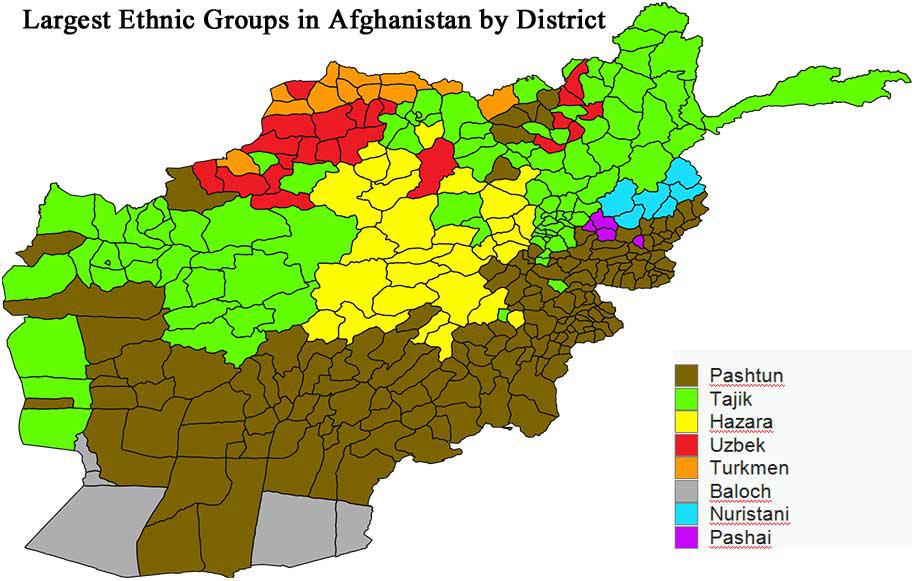
Source: Public Domain (www.wikipedia.org )
According to the statistics of 2021 (worldpopulationreview.com) the current population of Afghanistan is almost 40 million people and it is continuing to grow.
The most numerous ethnic group is the one of the Pashtun or Pashto, present also in Pakistan. This ethnicity lives in the southern territories of the country alongside the Durand line. Actually, the Durand line splits this ethnicity between Afghanistan and Pakistan, creating the prerequisites for future conflicts between the two states and for interference and influence of Islamabad in the affairs of Afghanistan. There are various theories regarding the origin of the Pashtuns, although the official ones say they are of Iranian origin (actually the Pashto language is part of the Indo-European family group, just like the Dari), some legends say Pashtun are lost Jewish tribes, whilst others suggest they are descendants of Alexander the Great. One thing is for sure- Pashtun have lived in these territories for centuries. Their language – the Pashto is known also as Afghani language.
Pashtuns have been for a long time the ethnicity of supremacy in the country, exercising power over the other groups. The Taliban movement has always been predominantly comprised of Pashtuns although now Taliban try to incorporate also other ethnicities- otherwise, they risk to remain largely unpopular among the other ethnicities and to engage in internal ethnical fights for power. Pashtuns speak Pashto, one of the two official languages in the country and they currently account for approximately 42 % of the total population of the country (in the past they were approximately half of the population and even more). In comparison the Pashtuns comprise 25 % of the population of Pakistan, concentrated mainly in the provinces of Sindh and Punjab and particularly in the cities of Karachi and Lahore. Some groups of Pashtuns live also in India in Uttar Pradesh, Gujarat, Rajasthan states.
The Tajiks are the second largest ethnic group of Afghanistan accounting for 27 % of the population of the state, Uzbeks -9 %, Turkmens – 3 %. These minorities are concentrated in the Northern part of the country close to the borders of the respective countries – Tajikistan, Uzbekistan, Turkmenistan. Complicated have been the relations between the Taliban and these ethnic groups as the first ones fought the Taliban in the so-called Northern Alliance in the 90s.
Very interesting and requiring more profound analysis is the ethnic group of the Tajiks in Afghanistan as it is the second largest one. As per CIA World Book for 2011 in Afghanistan they are approximately 8 million people, very close in number to the whole population of Tajikistan which is approximately 9.5 million people. Tadjik are Muslims, converted forcefully to Islam by the Arabs in the 7th century. They are predominantly Sunni Muslims although small part of them is of Ismaili Shia Muslim confession, living in the remote mountainous areas. A concentrated group of Tajik live in the Panjshir Valley north of Kabul where their occupation is mainly the one of farmers and herders. Smaller group of Tajiks live on the Western border of Herat Province on the border with Iran. And the third concentration of Tajik people is in the capital Kabul, where they have occupied high state positions accumulating significant wealth and influence.
Tajiks are organized around the party Jamaat-e-Islami and speak Dari (similar to the Tajik language spoken in Tajikistan) and to Farsi spoken in Iran. According to linguists Dari, Tajik and Farsi languages can be considered a single language called Modern Persian (Languages and Ethnic Groups of Afghanistan (languagesgulper.com)). Dari has long been the language of administration and a symbol of high culture in Afghanistan, in this sense significant is the role of the Tajik people In the Afghan social pyramid.
Tajiks are considered to be the descendants of the Persian population of the country, and for long time they have been the bulk of the Afghani elite.
Tajiks have been close to the Afghan regime overthrown by the Soviet Union in 1978 and they have given significant resistance, example for which was Ahmad Shah Massoud, known as the Lion of Panjshir, killed in 2001. With the current takeover of the country by the Taliban, the Northern territories populated mainly by Tajik and led by the son of Shah Massoud still gives some resistance to the Taliban. The resistance of the Tajik people is explicable as like other minorities there they were supressed by the Taliban and many of them were even killed by them. After the US led coalition overthrew the Taliban in 2001, the Tajik people were represented at the highest level of the governance in Afghanistan and concentrated significant power although formally the country was led by the Pashtun non-aligned leader Hamid Karzai.
It is important to underline that the current relations between the Tajik and the Pashtun (the two largest groups in Afghanistan consisting of almost 70 % of the population) will largely determine the future of the Taliban movement and of the country. Rivals in the past, both ethnicities having a significant weight in the governance of the country. If the Tajik become included In the Taliban movement both ideologically and through their participation in the governance of the country, no significant internal resistance will be offered to the Taliban movement.
Another ethnic minority to outline is the one of the Hazaras- quite oppressed throughout the years by the two dominant ethnic groups. As per CIA World Book for 2011 they are approximately 2.7 million people or 9 % of the population. And although these numbers are not to be taken for granted as in Afghanistan they can be used for political purposes. Afghanistan has not performed official census of the population since 1979 although attempts were done in the recent years but they were not finalized as this could create internal tension in case the ethnical proportions and balance change. Nevertheless, the exact numbers, the Hazara ethnic group is one of the very important ones and among the most oppressed throughout the years. Until the end of the 19th century they constituted more than 60 % of the population of the newly formed country and lived practically independently but almost half of them were massacred in 1893 when they lost their political autonomy to Abdur Rahman Khan, the “the Iron Amir” who imposed centralization and unified power. Considered descendants of Genghis Khan, when the Mongol Empire reached these territories, they have Mongolian traits and speak Hazaragi, a dialect of Dari and are predominantly Shia Muslims in a Sunni dominant Afghanistan- another reason for which they have been discriminated throughout the years. Hazaras reside mainly in the central mountainous part of Afghanistan known as Hazarajat or Hazaristan, some reside also in Badakhshan Mountain, the Ismaili Hazaras, religiously different group, live in Hindu Kush and the violence and military actions from the 90s have deployed some of the Hazaras from their traditional homeland to the border territories with Iran and Pakistan, some compact group of Hazara lives also in the Pakistani border town of Quetta. In the Afghan society they were famous for their music and poetry, but nevertheless their artistic qualities due to the religious difference (mainly Shia Muslim) and their anthropologic traits they remain highly marginalized ethnic group if not the most marginalized one. They provide mainly unskilled labour to the other groups of the Afghan society and due to the stigmatization towards them intermarriages with them are quite rare. Reason for which they preserved their ethnic identity. Due to the discrimination they faced and as a way of overcoming their unlucky fate, Hazaras have been among the most open minded in giving education and more rights to women. After the Taliban took control of the country in 1996, they declared war on Hazaras due to their Shia beliefs and for this reason the latter participated actively in the Northern Alliance to overthrow the Taliban. The last two decades of post-Taliban rule have been relatively calm for the Hazaras with improvement of their rights and position in the society although little has been achieved to overcome the stigmatization towards them from the other ethnic groups. With the current development of the situation, it is them again who were the most threatened to undergo violence, abuse and exploitation.
Other significant ethnic minorities in Afghanistan are the Uzbeks- the fourth ethnic group accounting for approximately 9 % of the population who live mainly in the north of the country close to the border with Uzbekistan, speaking Uzbek language which belongs to the group of Turkic languages and is of common roots with the Turkish language. Considered to be descendants of the Hun, they are Turkic both linguistically and ethnically and are believed to had settled in these areas long ago. They live mainly in the Faryab province and are engaged in rural activities although in the bigger towns many of them are engaged in trade and artisan work -especially in the goldsmith, silversmith and the textile industry. The culture of the whole Afghanistan was very influences by the Uzbeks – in terms of poetry, folklore music, artisanry- especially in the elaboration of rugs, for this reason it is considered that they contributed to make a name for Afghan textile worldwide. Uzbeks have patriarchal structure and their leaders called “begs”, “khans” and “arbabs” exercise significant power and are respected in the society. Uzbeks often live in villages mixed with Tadjik or Turkmen and although endogamy marriages are preferred some interethnic marriages with these ethnic groups also happen. Marriages with Pashtun are not favoured because since the delineation of Durand line and the creation of Afghan Emirate later substituted by the Kingdom of Afghanistan, the Pashtuns have settled among the Uzbeks in their homeland, overtook their territories and converted them in a minority.
Other important ethnical groups among others are the Turkmen -3 % of the population, living mainly in the North, Baluchi- 2 % of the population residing in the west and south- west territories, Aimaq, Nuristanis and many others. All these ethnical groups contribute to the endless mosaic of ethnicities in Afghanistan but due to the fact they are minority, they don’t exercise significant power.
The linguist diversity is not less important than the ethnical one. At least as per official statistics Dari (Farsi dialect) is an official national language spoken by approximately 50 % of the population. Pashtu the second national language is spoken by 35 % of the population. Turkic languages (like Uzbek and Turkmen), Aimaq, Ashkun, Baluchi, Hazaragi are minority languages although spoken by minority groups. The main religion is Islam (more than 99 % of the population) with predominant Sunni Islam- around 85-90 % of the population, and Shia Muslim 10-15 %.
Afghanistan since its foundation as a buffer state between the Russian and the British Empire has been doomed to have a difficult destiny of internal conflicts and fight for ethnical hegemony. It has been created by almost automatically putting together ethnicities with long history and traditions but often with nothing in common to unite them. The result has always been internal instability and tension for the neighbouring countries as many of them like Tajikistan, Pakistan, Uzbekistan, Turkmenistan have considerable minorities in Afghanistan.
Whether the Taliban movement will gain full control internally depends on whether it will leave its limits of Pashto dominated religious movement and whether it will gain support among the other ethnicities. The relations with the Tajik ethnicity will quite determine its destiny as the two groups account for more than 70 % of the country. A scenario of a deeper involvement of the Tadjik in The Taliban movement, creates a serious threat for Islamic radicalization of the whole country of Tajikistan and Central Asia in general which is in detriment to many key players there like the Russian Federation.
One thing is certain- the situation in Afghanistan is in progress and it will continue to be developing in the future as well. The intentions of the Taliban are unclear, they are constantly changing or subject to various interpretations. Its relationship with the other ethnicities in the country will determine its internal position and whether there will be a strong resistance or not. Unclear is also the Taliban attitude towards global Islam- whether they will support the concept by giving shelter and logistics support to global terrorist organizations like Al Khaleda and ISIS or will prefer to remain within its national borders. All these factors will determine the future of the Taliban, the situation in the whole region and the attitude of the interested superpowers. The neighbouring countries have strong interest that their minorities are not oppressed, China has considerable interest In the access to national resources of Afghanistan (some of which rare metals widely used in the renewable energy tools) and to secure the implementation of its One Belt One Road initiative, India and the Russian Federation are interested that the Taliban do not start exporting Islam around as both of them have considerable Muslim minorities. USA and Great Britain want to remain present from distance without spending many resources but continuing to take advantage in this managed chaos.
And in all this geopolitical chessboard where all great powers meet, the most vulnerable remain the common people from the different ethnical groups that constitute the country of Afghanistan.

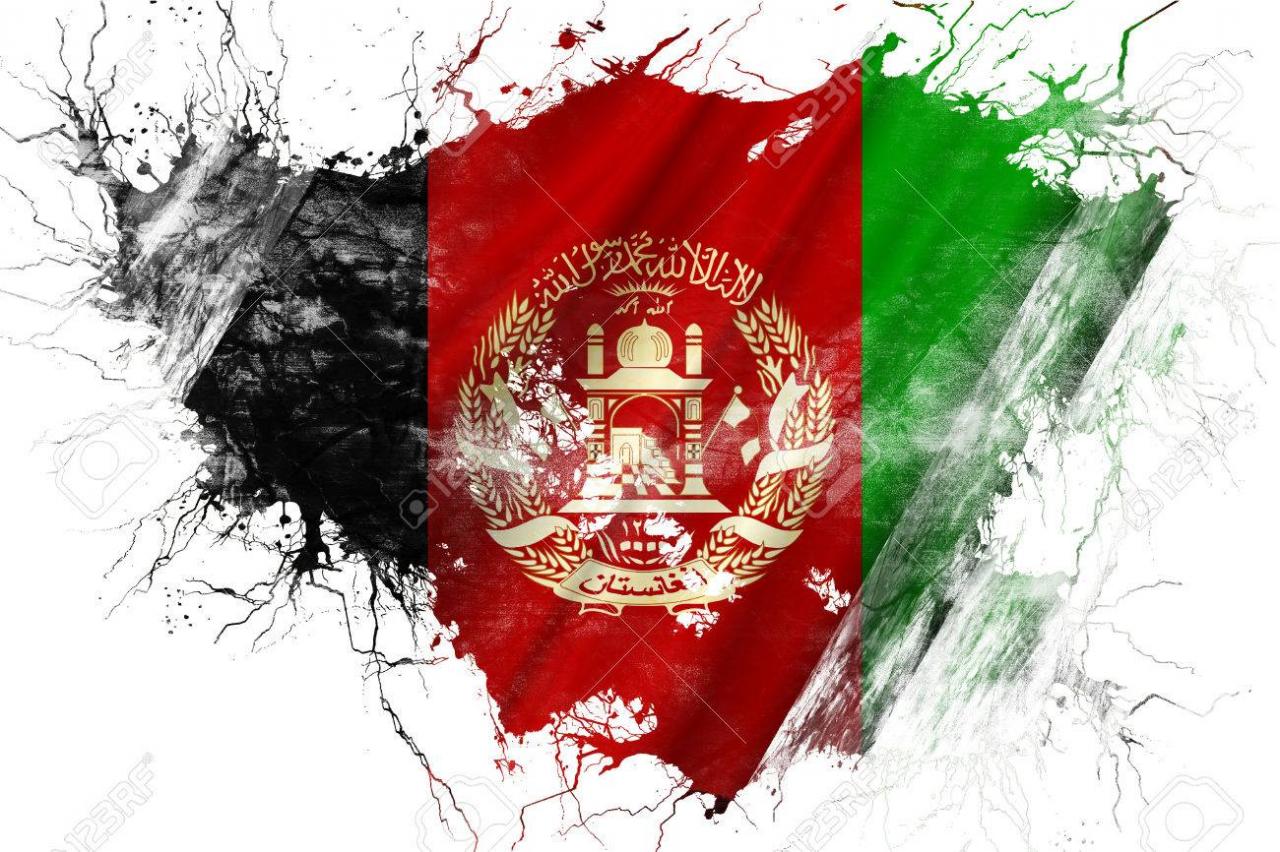

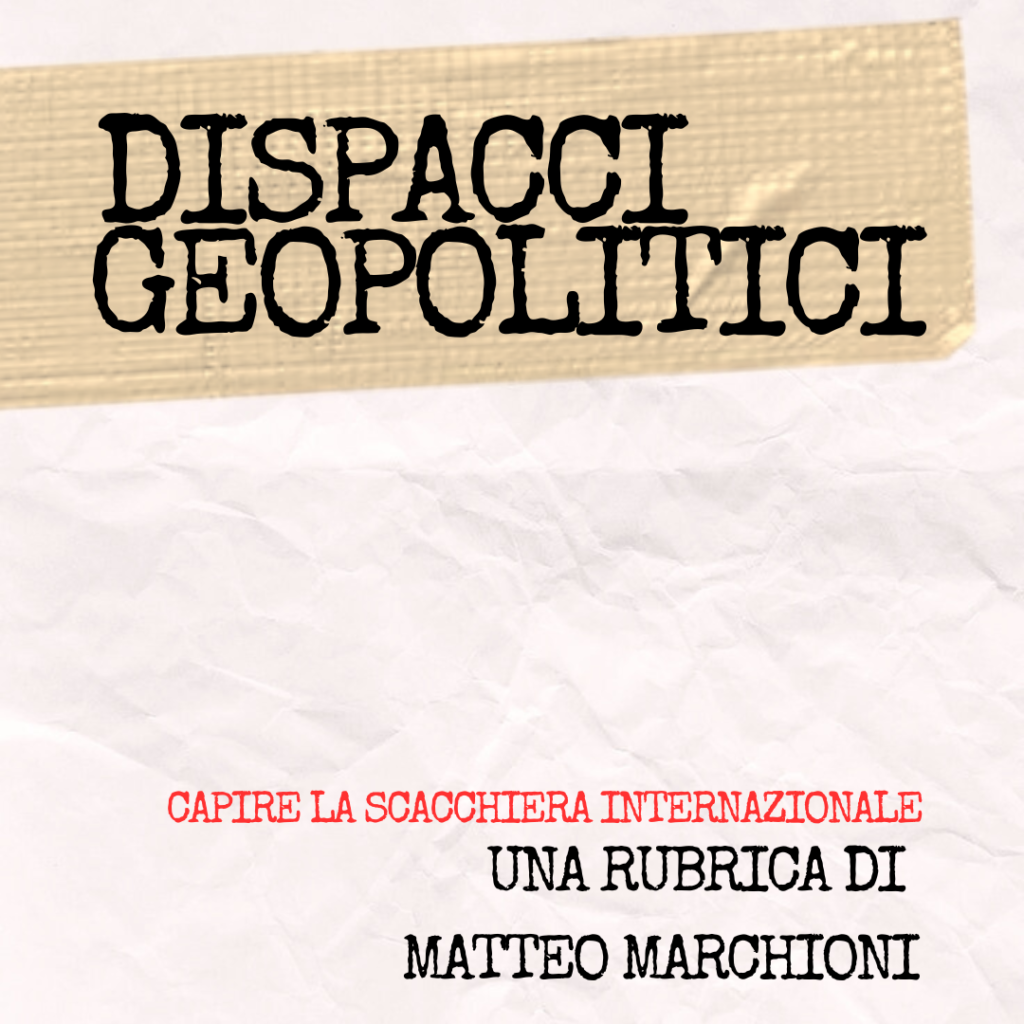

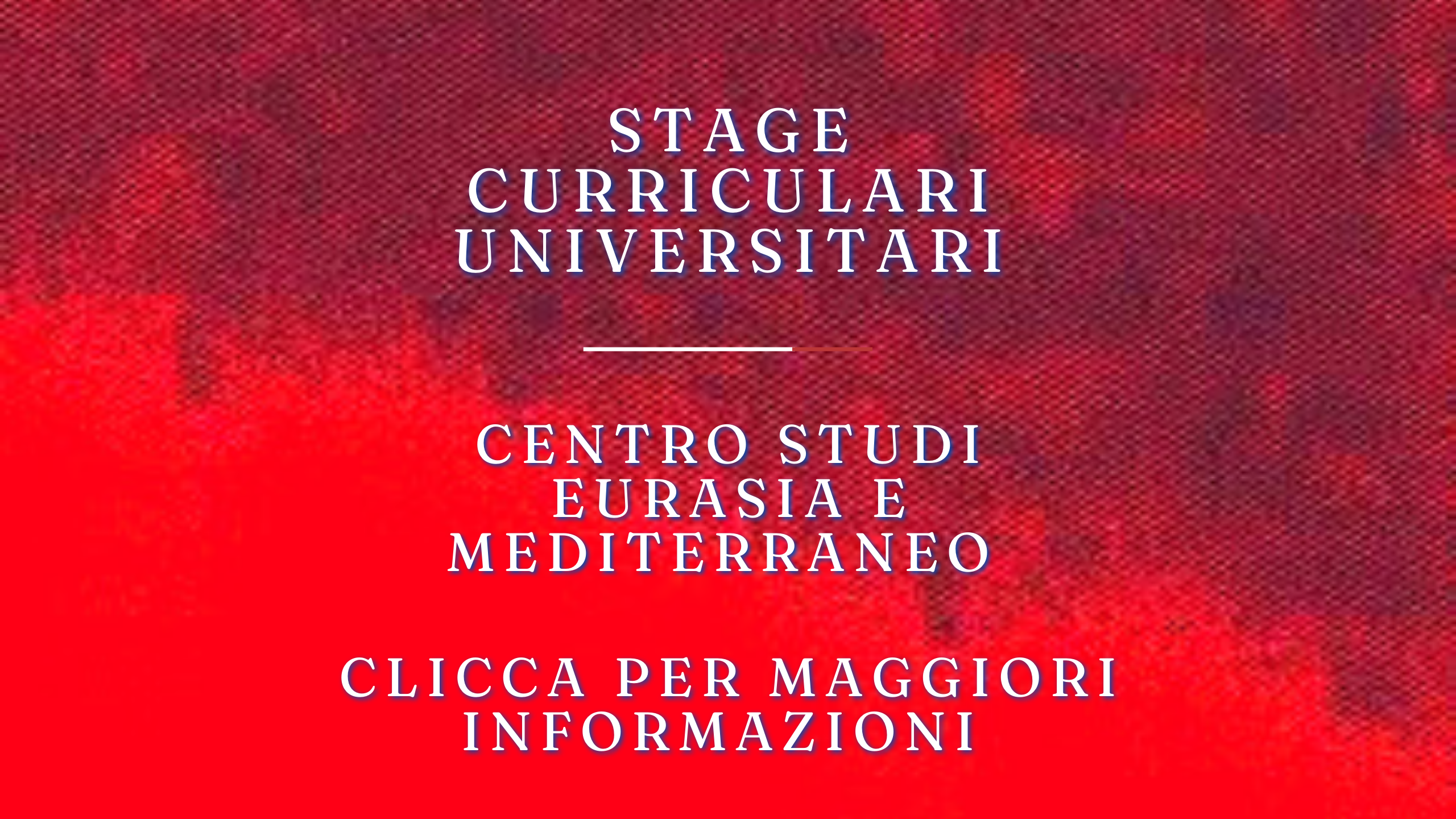

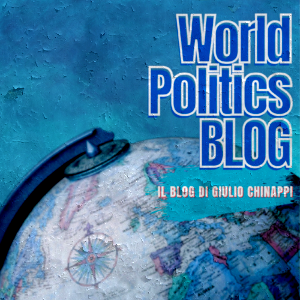
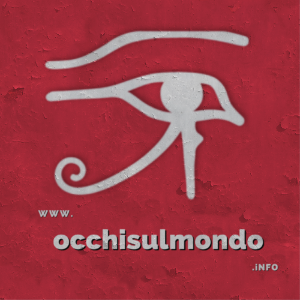



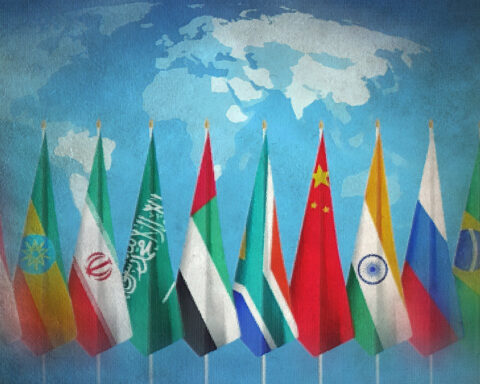
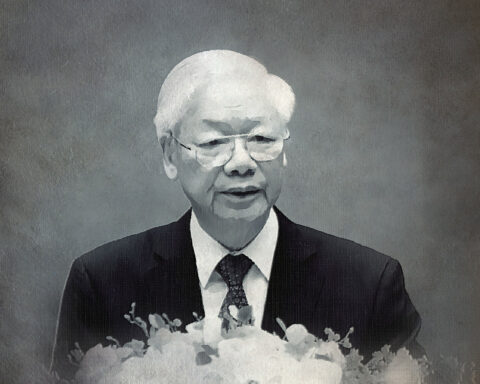
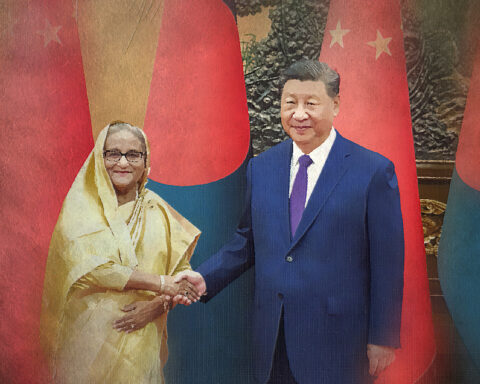



Il CeSE-M sui social